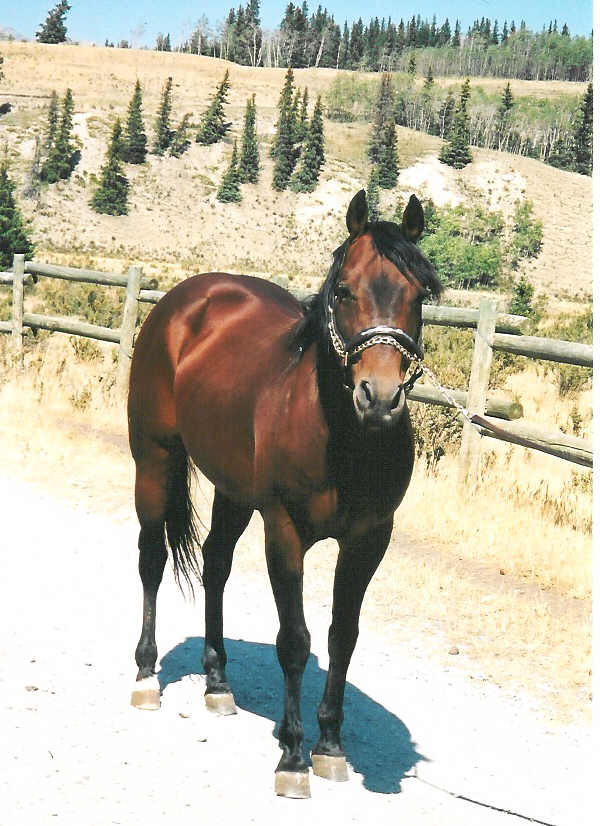Battlefords Animal Hospital
(306)446-8387
www.battlefordsanimalhospital.com
|
Deworming Recommendations Effectiveness of dewormers and parasite resistance are current topics of concern in equine medicine. There are reported cases of small strongyles being resistant to many commonly used dewormers and there are no new classes of anti-parasitic drugs on the horizon. This has led us to change our recommendations regarding how we treat parasites in horses. The newer recommendations center around "targeted deworming" and identifying horses who are more susceptible to infection / shedding of parasites and treating them. Even horses on a deworming program or daily dewormer should be checked as they may develop parasites that are resistant to these medications requiring special treatment. Horses on the same farm may have differing levels of infection based on age, health and immune status so it is important to check all horses and follow up on those that appear to be infected. Another article on parasite control in horses from AAEP.
Here are the basics: 1) You will need to deworm all horses twice yearly (after a hard killing frost in the fall and again in the spring) with an ivermectin or moxidectin product to kill large strongyles and bots. In addition, at least one of these dewormers should contain praziquantal to kill tapeworms which are not always found on fecal examination. 2) We are recommending fecal egg counts be done on all horses in the spring PRIOR to giving any dewormers, this will help to identify horses who are heavily infected and may require more frequent deworming. It is estimated that only 20% of horses will be "heavy shedders" and need to continue on a regular fecal testing and deworming program every 8-12 weeks throughout the spring, summer & fall. These horses should also have an additional fecal egg count 2 weeks after deworming to determine if the parasites are being effectively killed by the dewormer selected. 3) It is estimated that 80% of horses will fall into the not infected or "low shedder" category. In general, these horses do not require deworming beyond twice yearly. Moderate shedders will need an additional fecal egg count in the summer to determine if additional deworming is indicted. 4) Horses under 2 years of age should be routinely dewormed every 8-12 weeks due to risk of roundworm infection. Please start by submitting a sample (one manure ball per horse is adequate) in a plastic bag or container labeled with the horse's name, your name & date. The sample can be refrigerated but should be < 24 hours old and not frozen. The best time to get this sample would be in the spring prior to giving any dewormers, it must be a minimum of 8 weeks after giving any ivermectin product or 12 weeks after giving moxidectin. You can bring these samples to the office or we would be happy to collect them during your horse's spring visit.
1) For small paddocks or stable areas, pick up manure frequently. It takes a minimum of 3 days for strongyle eggs to reach the infective stage (L3), so removing manure more frequently than this will help prevent transmission. 3) Do not drag pastures while horses are in them, as this will spread the parasite eggs into the horses grazing areas. Drag pastures during the hot, dry summer months and ideally they should be left vacant for 4 weeks after dragging. Avoid dragging pastures in the spring or fall as the increased moisture allows parasites to survive longer. 4) Only spread manure on pastures / grazing areas after it has been composted thoroughly. The manure needs to be composted with temperatures inside the pile reaching over 90F for over two weeks to kill all strongyle larvae. |
